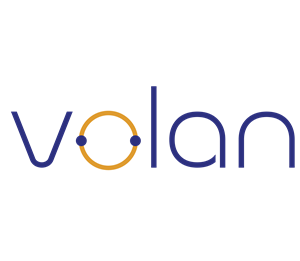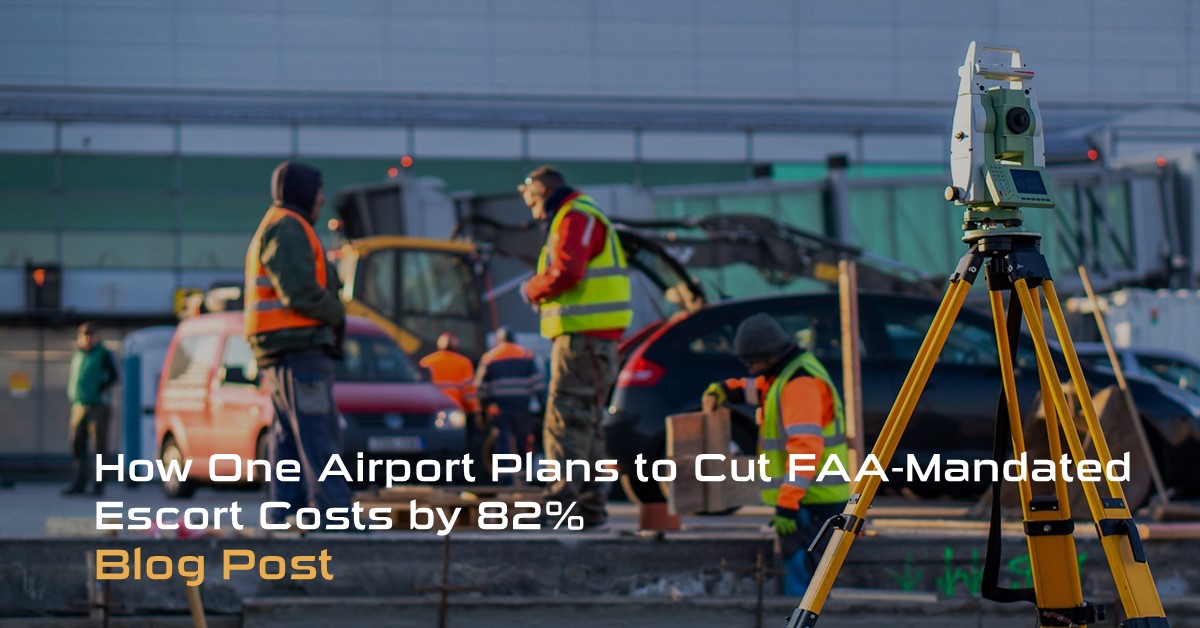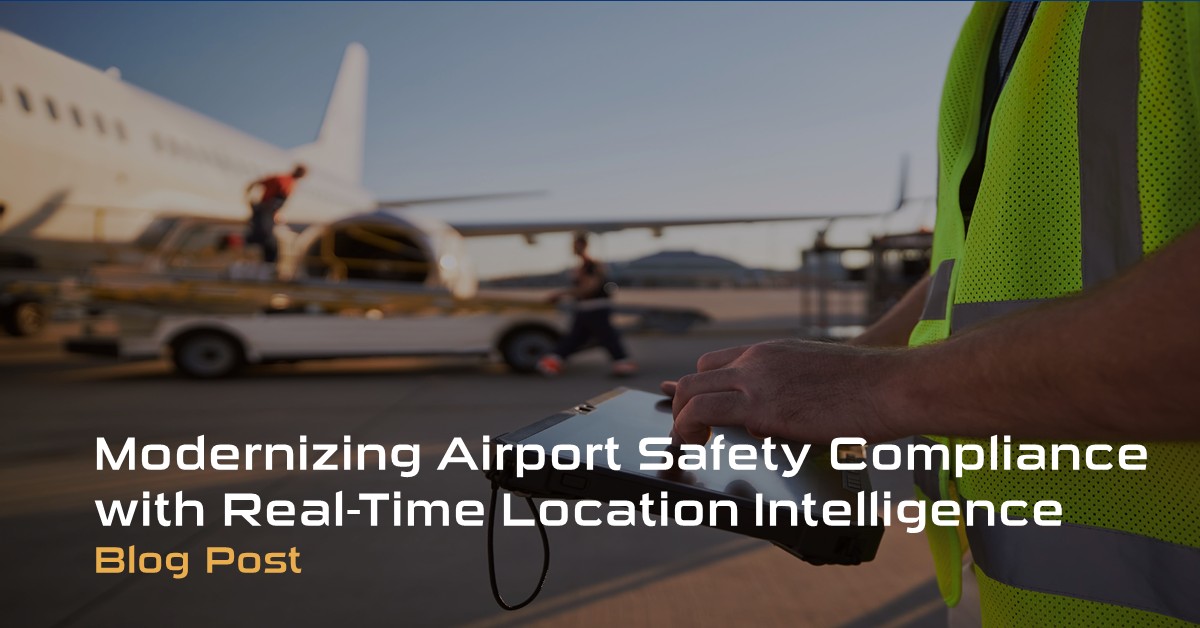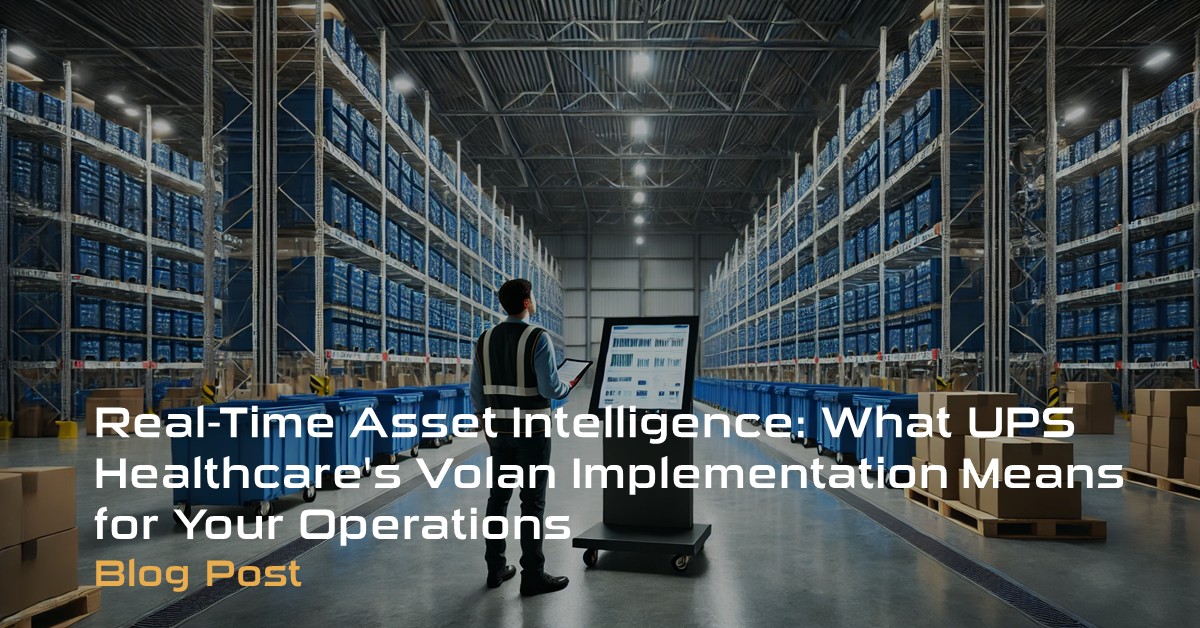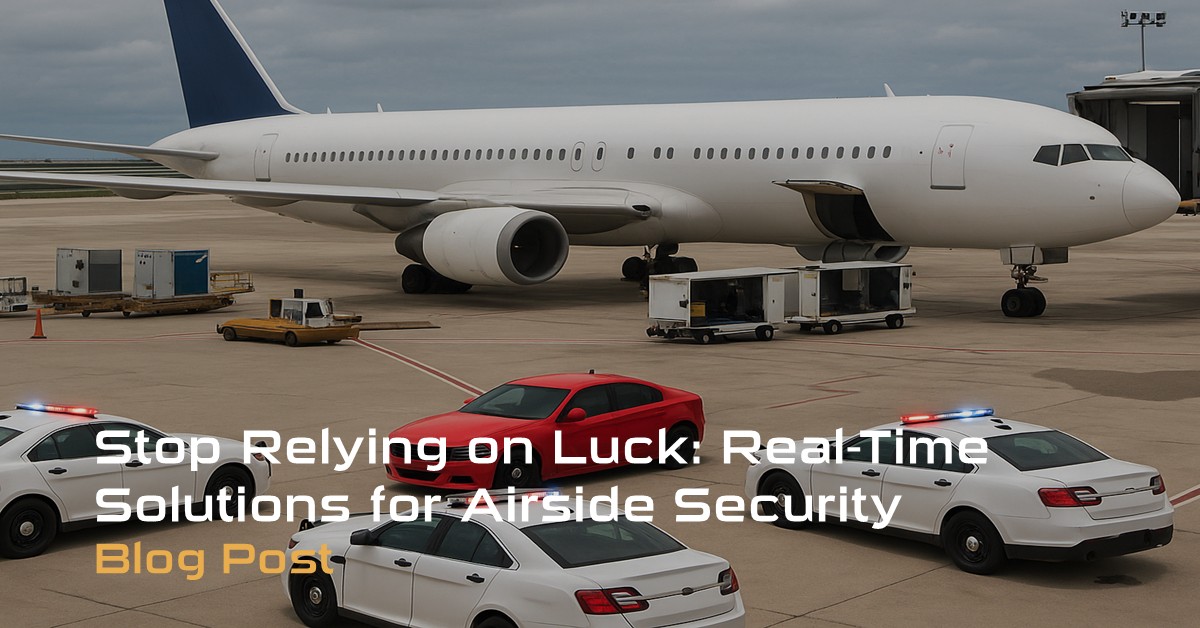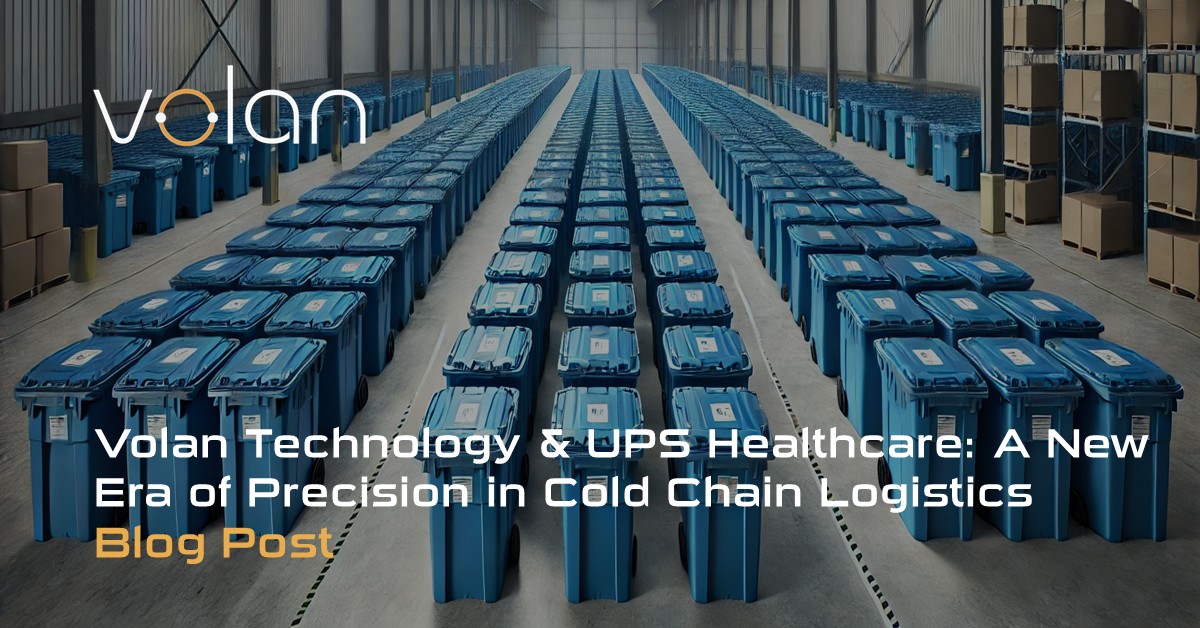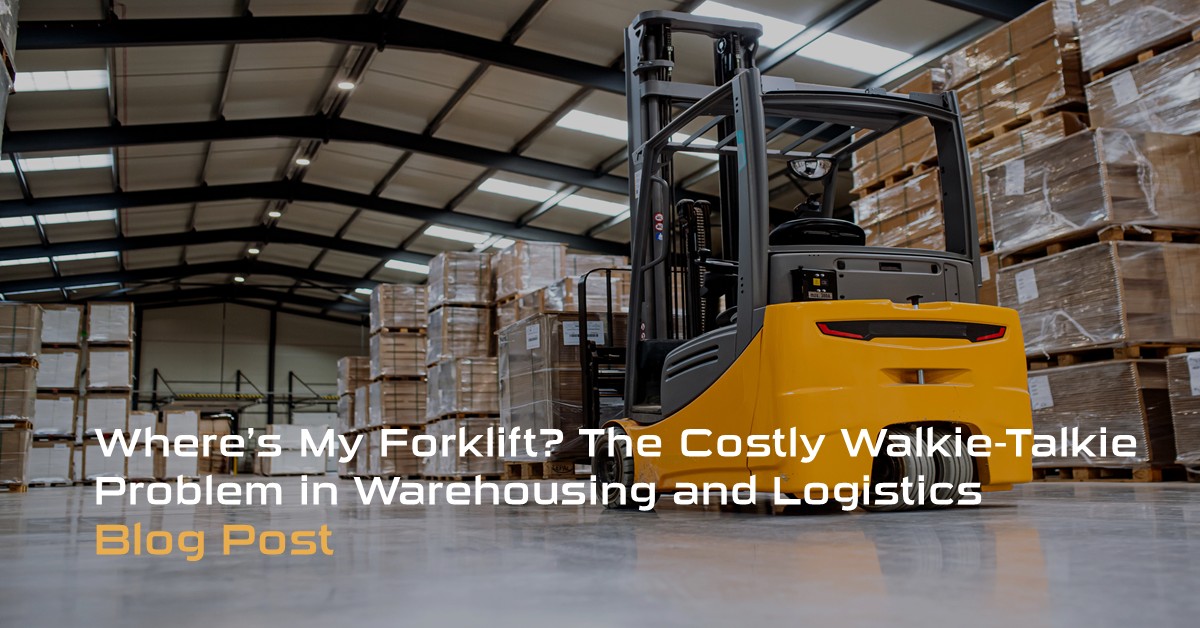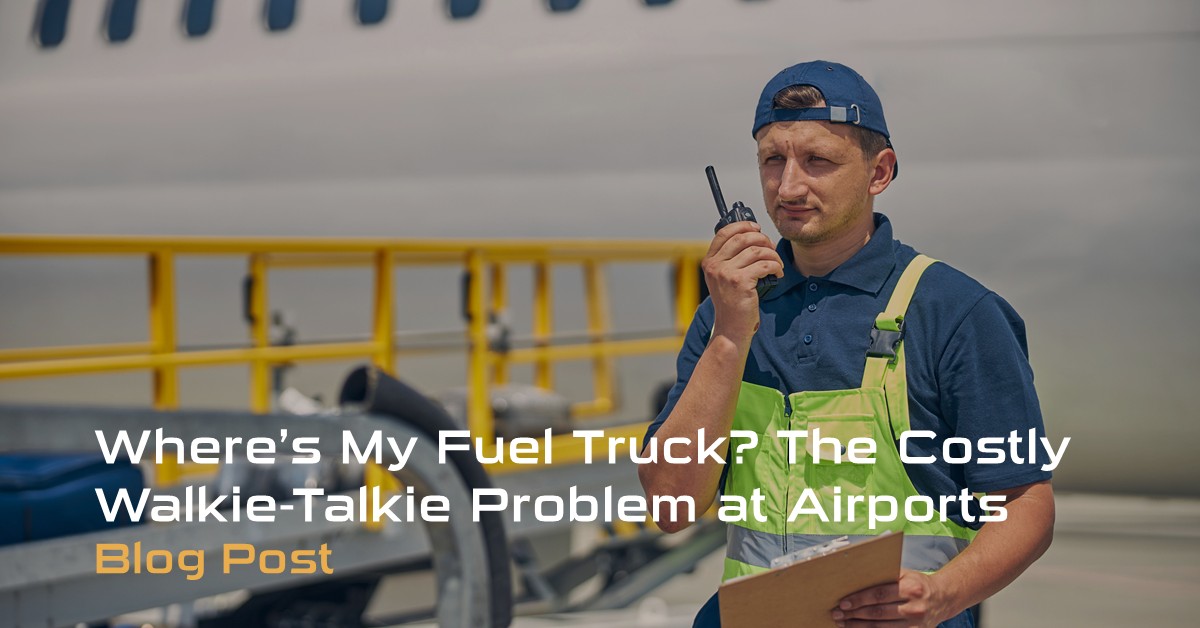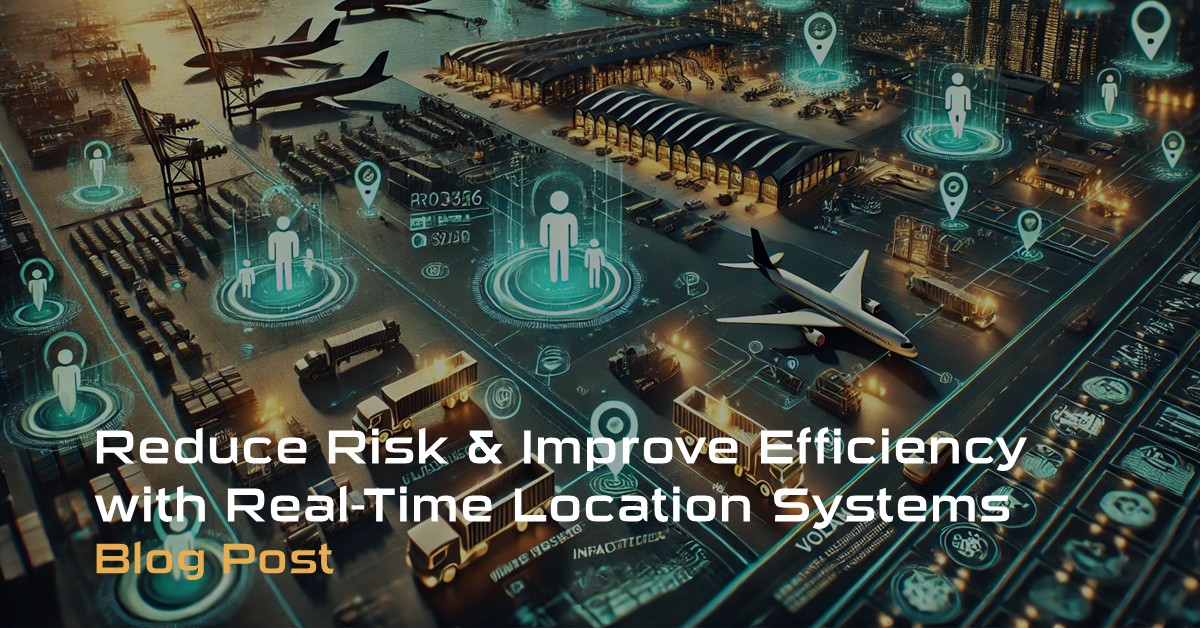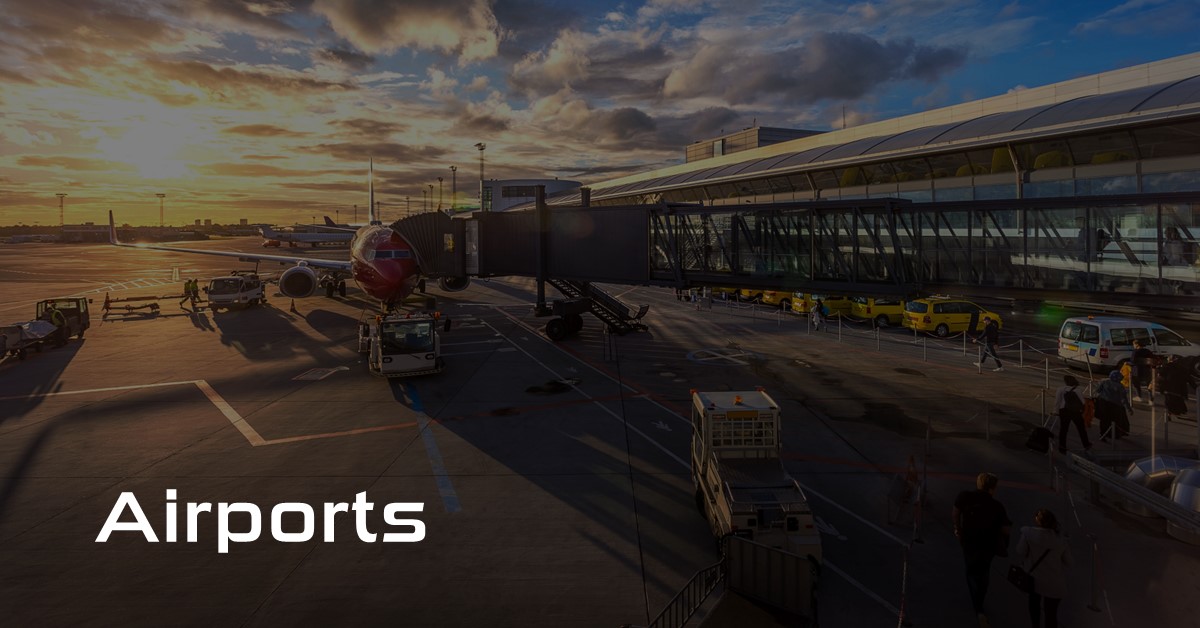How One Airport Plans to Cut FAA-Mandated Escort Costs by 82%
Summary: In a bid to enhance safety, ensure FAA compliance, and reduce costs, one major U.S. airport is pioneering a groundbreaking solution utilizing smart badges and advanced geofence-based positioning systems. This innovative approach slashes projected escort costs by a staggering 82%, as illustrated by our detailed cost analysis.
Airports constantly seek ways to improve safety, maintain FAA compliance, and reduce costs. An innovative solution now shows the potential to help airports achieve all three goals simultaneously – enhancing safety, ensuring compliance with FAA Safety Management System regulations, and significantly cutting projected escort costs for one major U.S. airport by 82%.
The key to this groundbreaking approach lies in using smart badges and an advanced geofence-based positioning system.
By equipping construction workers with these badges, a single escort can effectively monitor the location of 40 workers using just a laptop. This technology enables the escort to maintain a compliant span of control, ensuring that all workers are always within the designated secure work areas and adhering to safety protocols.
This pioneering solution eliminates the need for the traditional 1:5 escort-to-worker ratio, which leads to high costs, particularly during extended projects.
Here’s the calculation one major U.S. airport used to determine how much they would save by using smart badges:
- For a 6-month construction project involving 40 workers, the airport would typically require 8 escorts at a total cost of about $8,000 daily. With an average of 20 construction days per month, the monthly escort cost would be:
- 8 escorts x $1,000 per day x 20 days = $160,000 per month
- Over the 6-month project, the total escort cost would amount to $160,000 per month x 6 months = $960,000
In contrast, by implementing advanced positioning technology, the airport found that it could reduce the number of escorts to just one individual for the entire 6-month period. The projected cost breakdown would be as follows:
- One escort for 6 months at $1,000 per day x 20 days per month: $120,000
- Smart Badge Technology licensing fee: $50,000
- Total projected escort cost: $170,000
- By implementing this smart solution, the airport realized they could potentially save $790,000.
That’s $960,000 – $170,000 = $790,000 — a potential cost reduction of over 82%, all while maintaining the highest safety and FAA compliance standards.
Significantly, this innovative approach not only cuts costs but also advances FAA compliance. By providing real-time visibility into worker locations and movements in secure and dangerous areas, the technology helps airports increase a positive span of control at all times.
As more airports explore this innovative approach, the future of construction safety, FAA compliance, and cost-efficiency looks brighter than ever before. By harnessing the power of advanced positioning technology, airports can enhance safety measures, ensure regulatory compliance, and redirect funds to other critical areas – a true win-win for all involved.
To learn more about our Volan technology, please click here to contact us.
Airport Solutions
Our construction barrier technology provides geofenced barriers for airport construction sites to keep workers out of restricted areas and reduces the costs for worker escorts. Airport construction projects are never-ending, have many workers, and regulations require full-time monitoring of worker location. Volan’s technology can provide alerts within 2-3 seconds if a worker moves into a restricted space, along with the precise location of the worker and a live map view. Visit our Solutions for Airports page.
